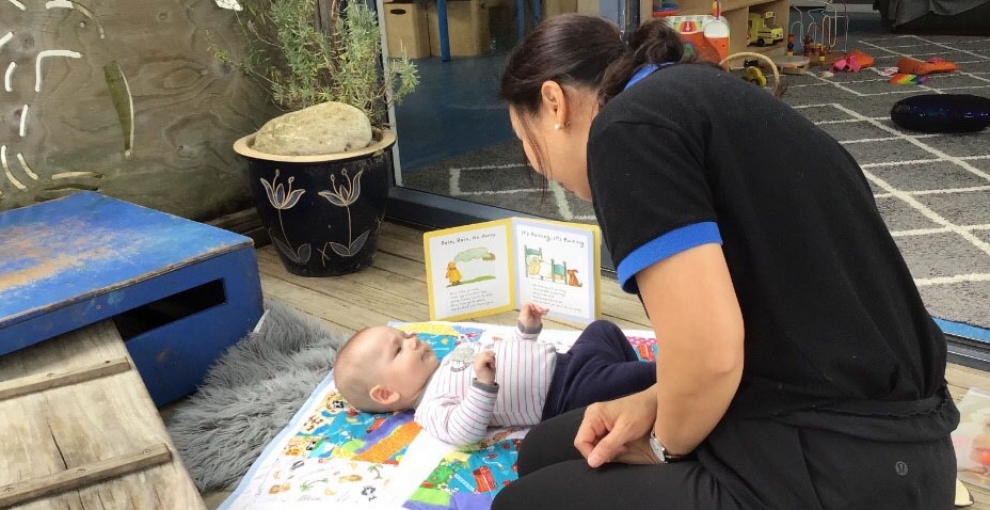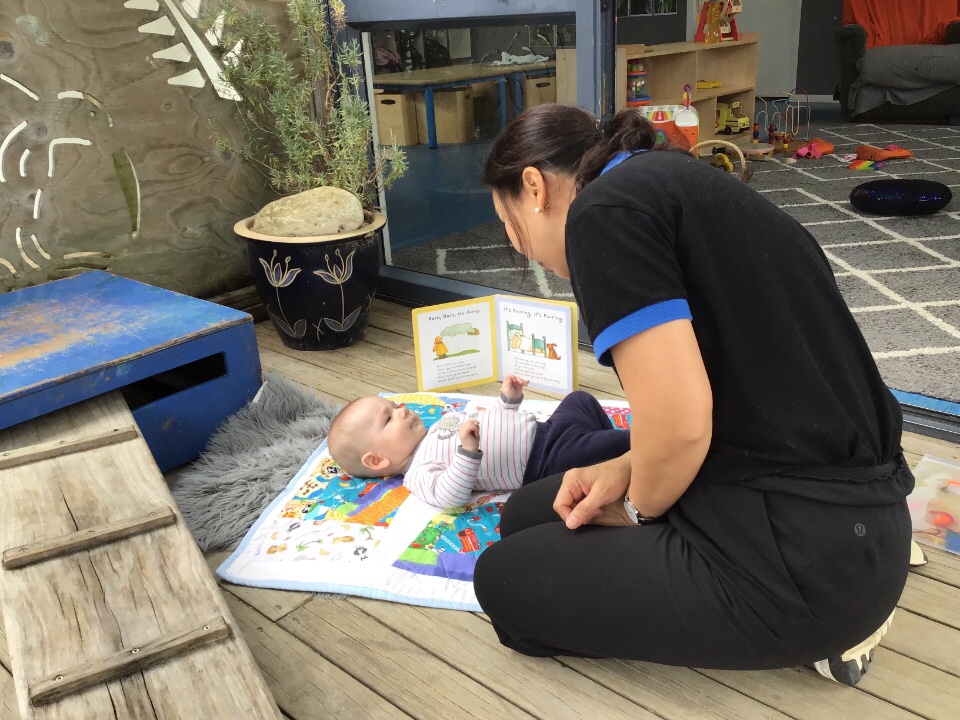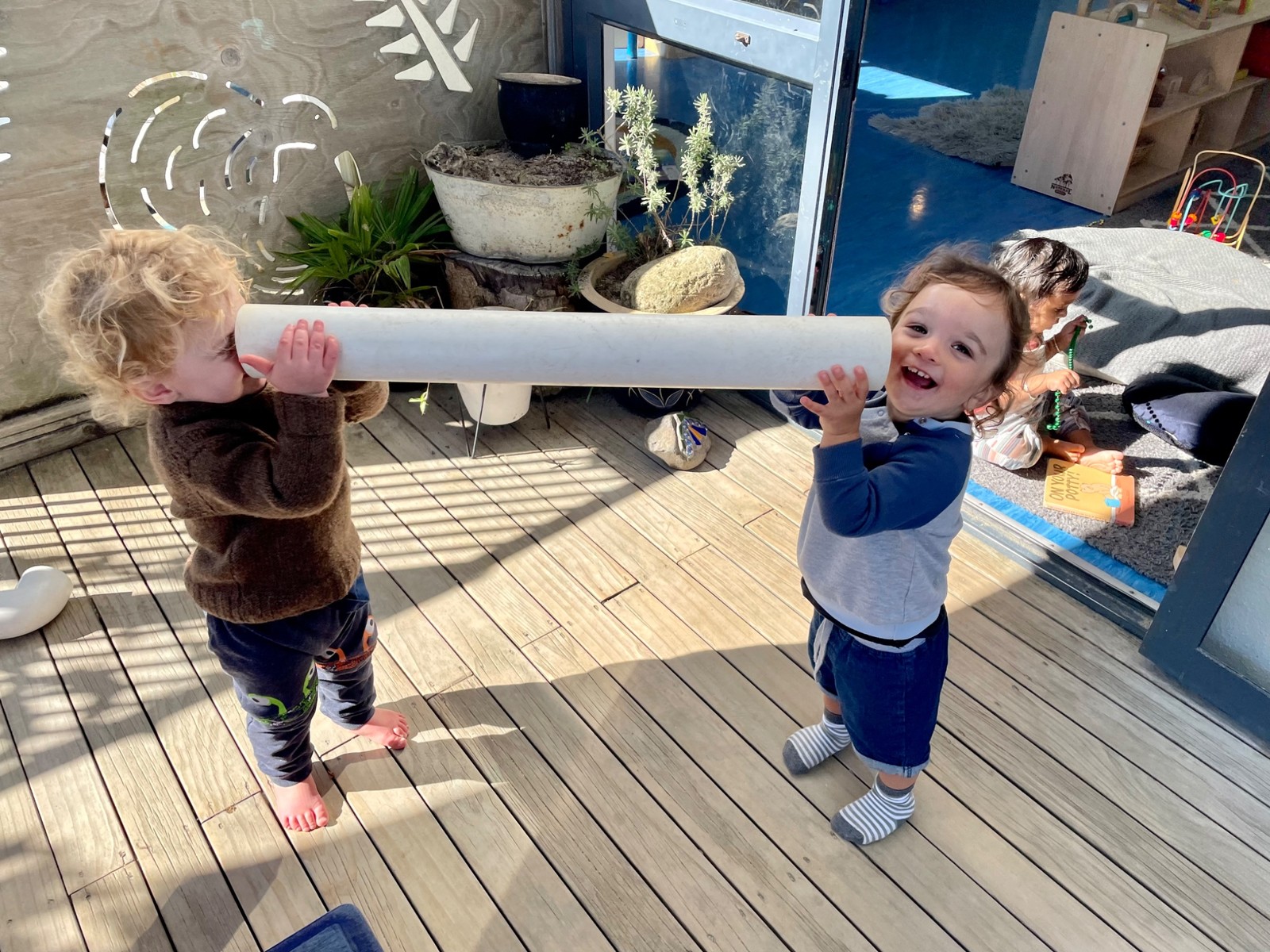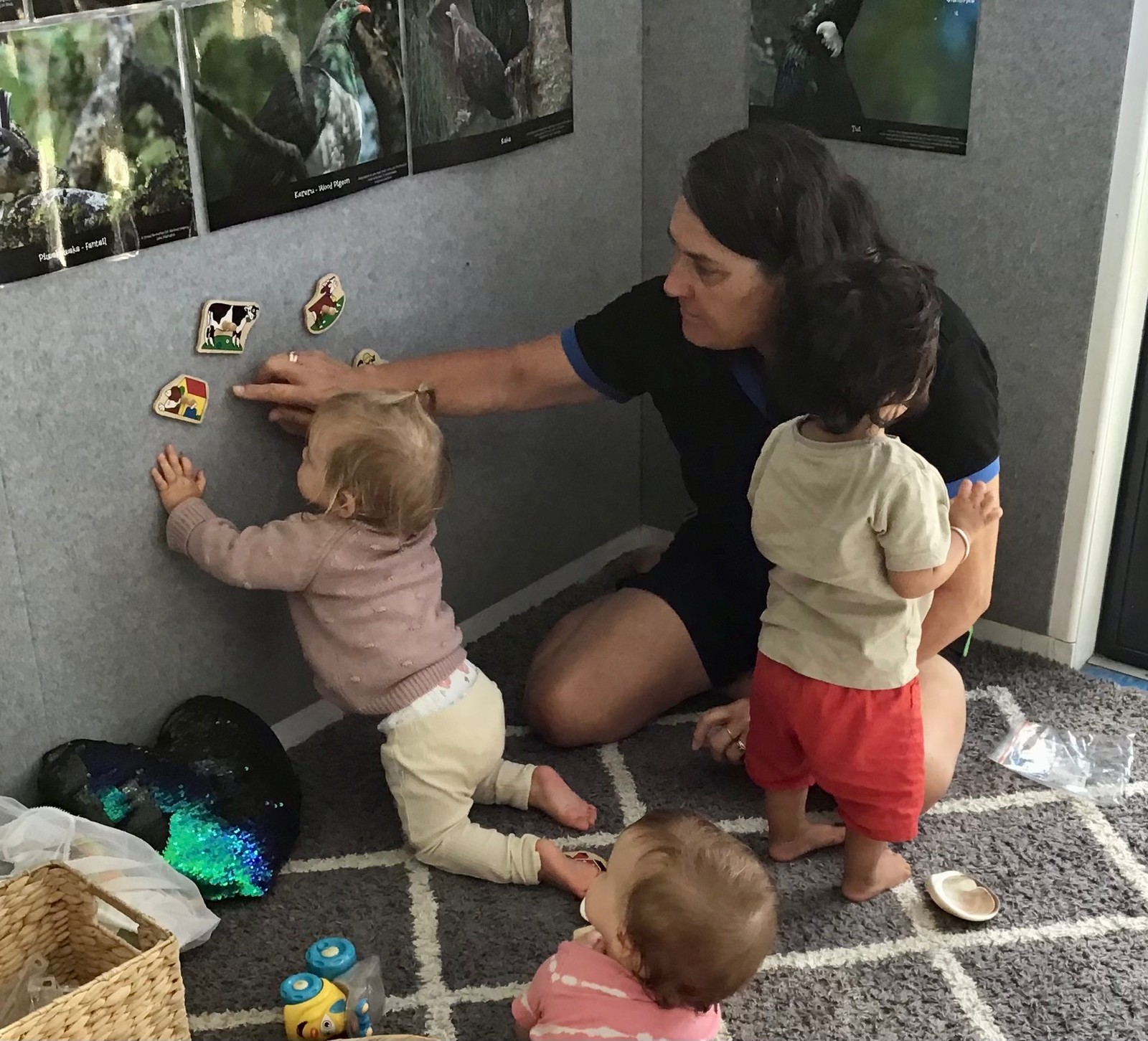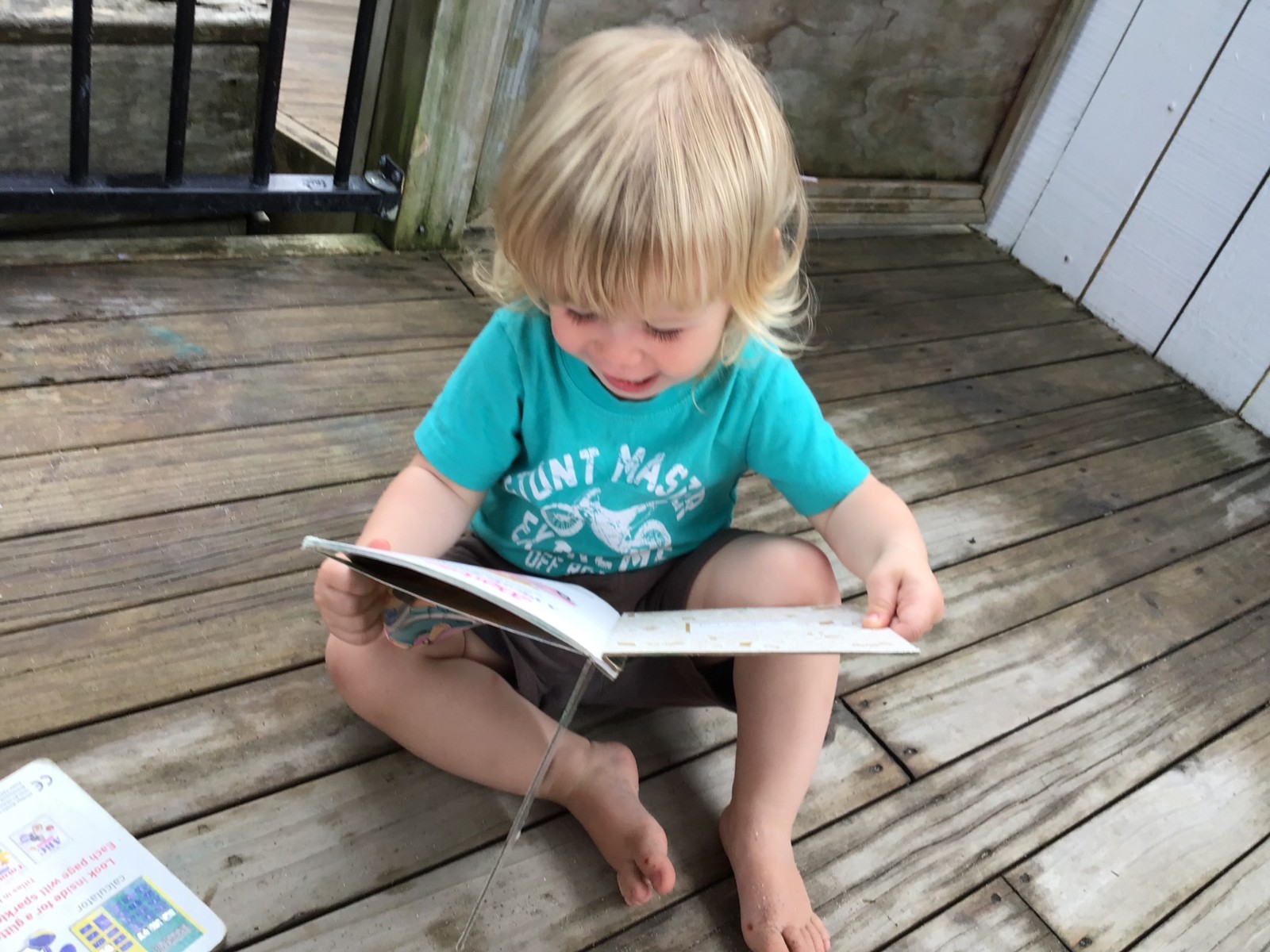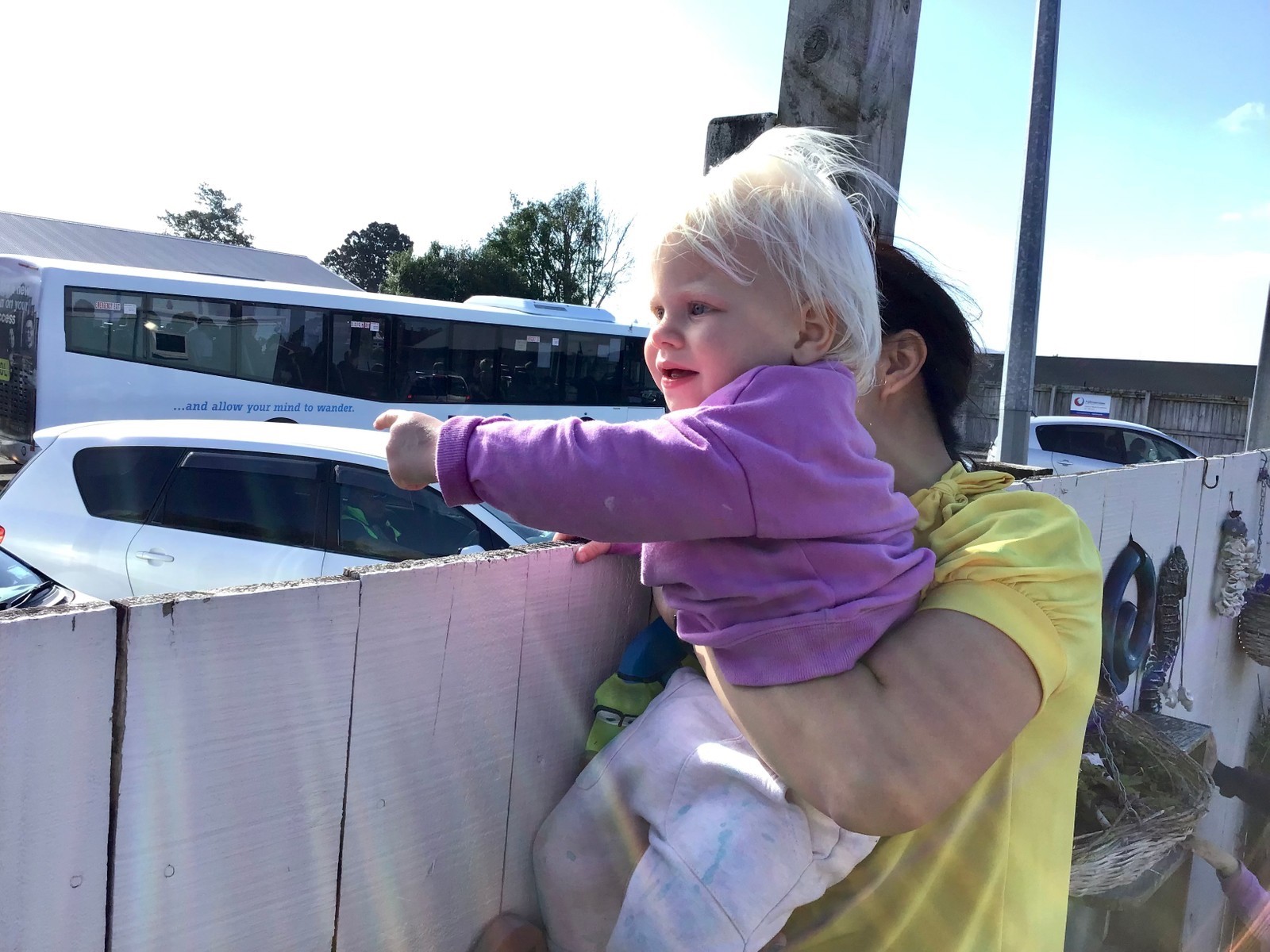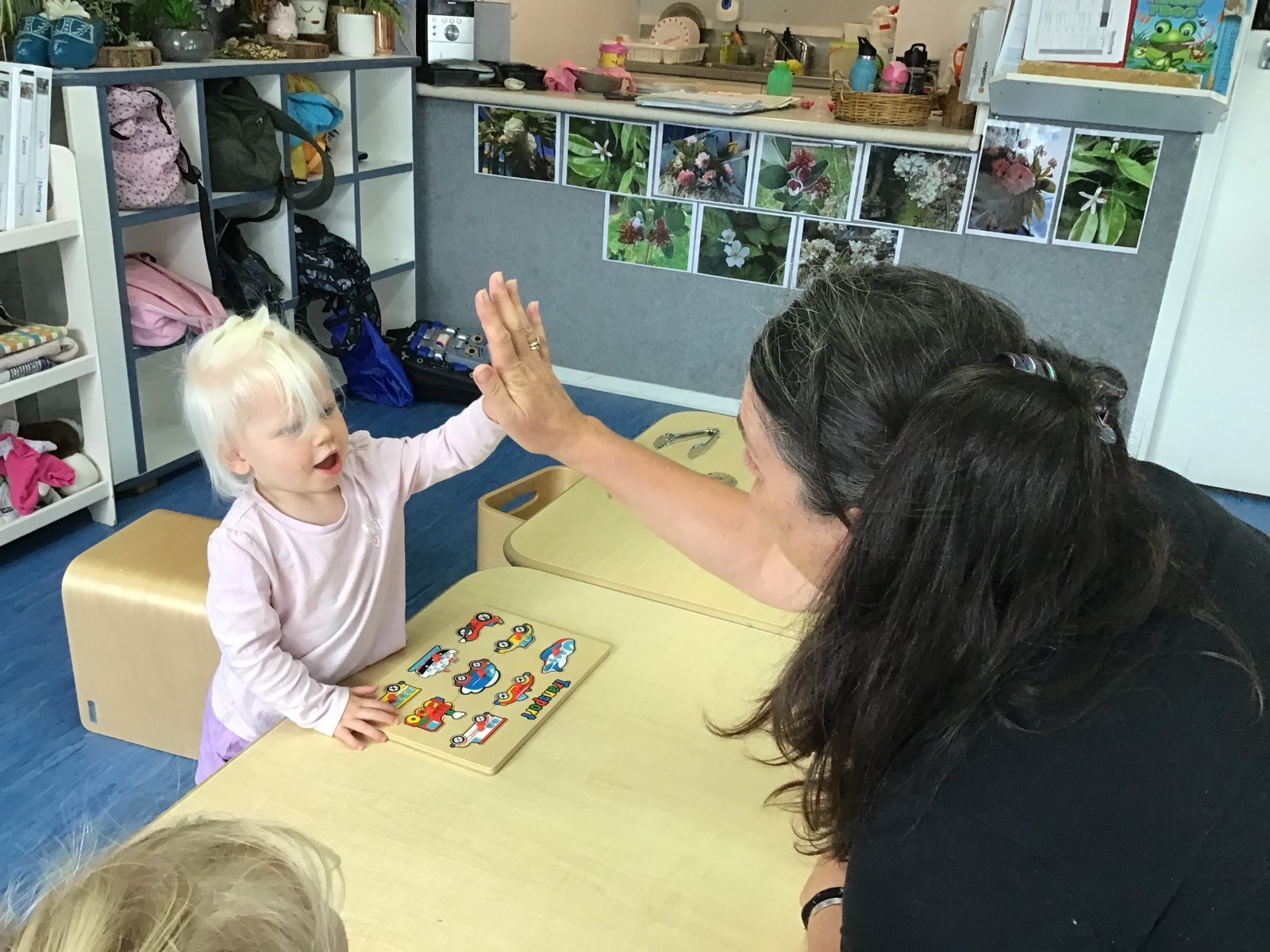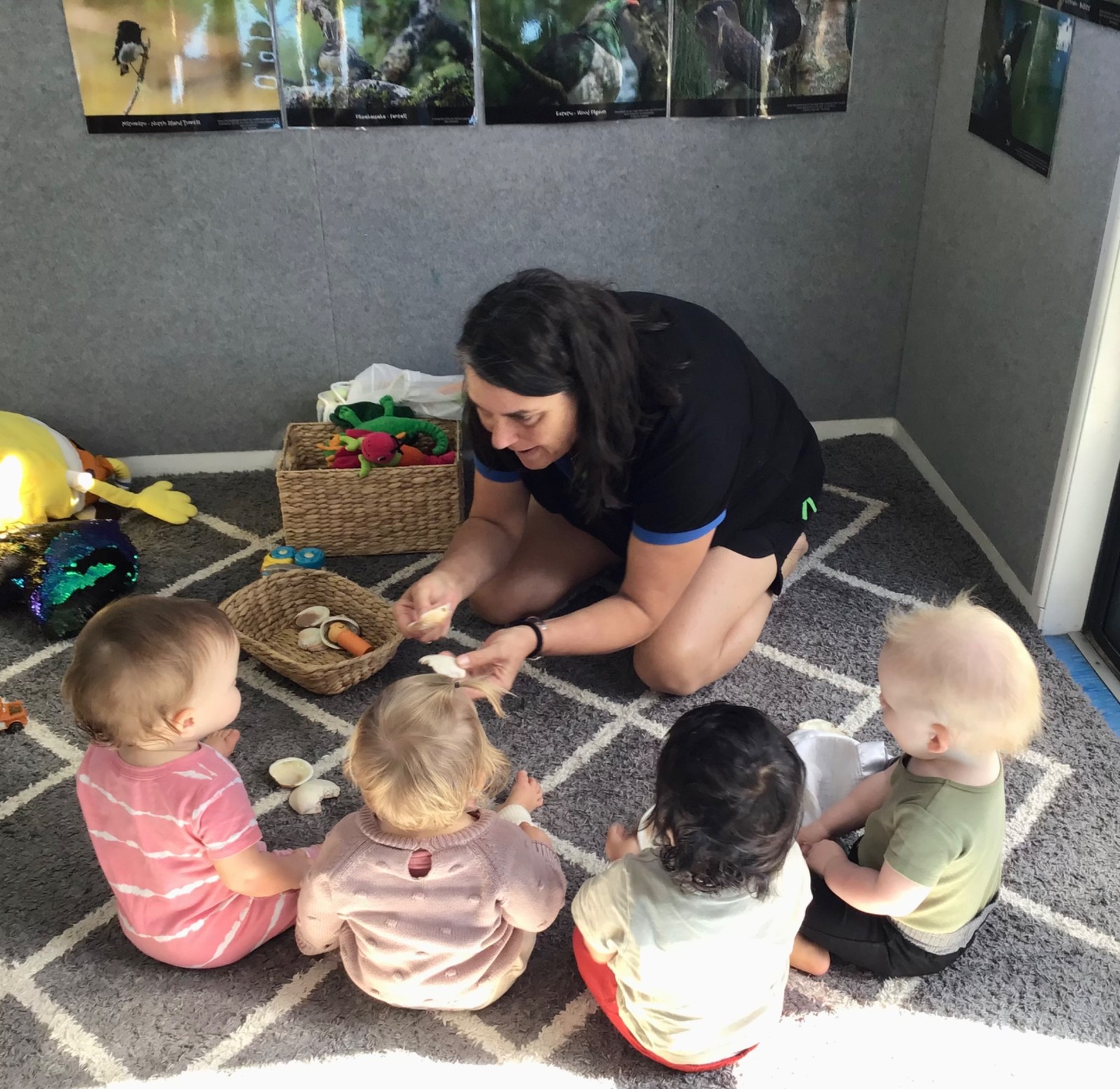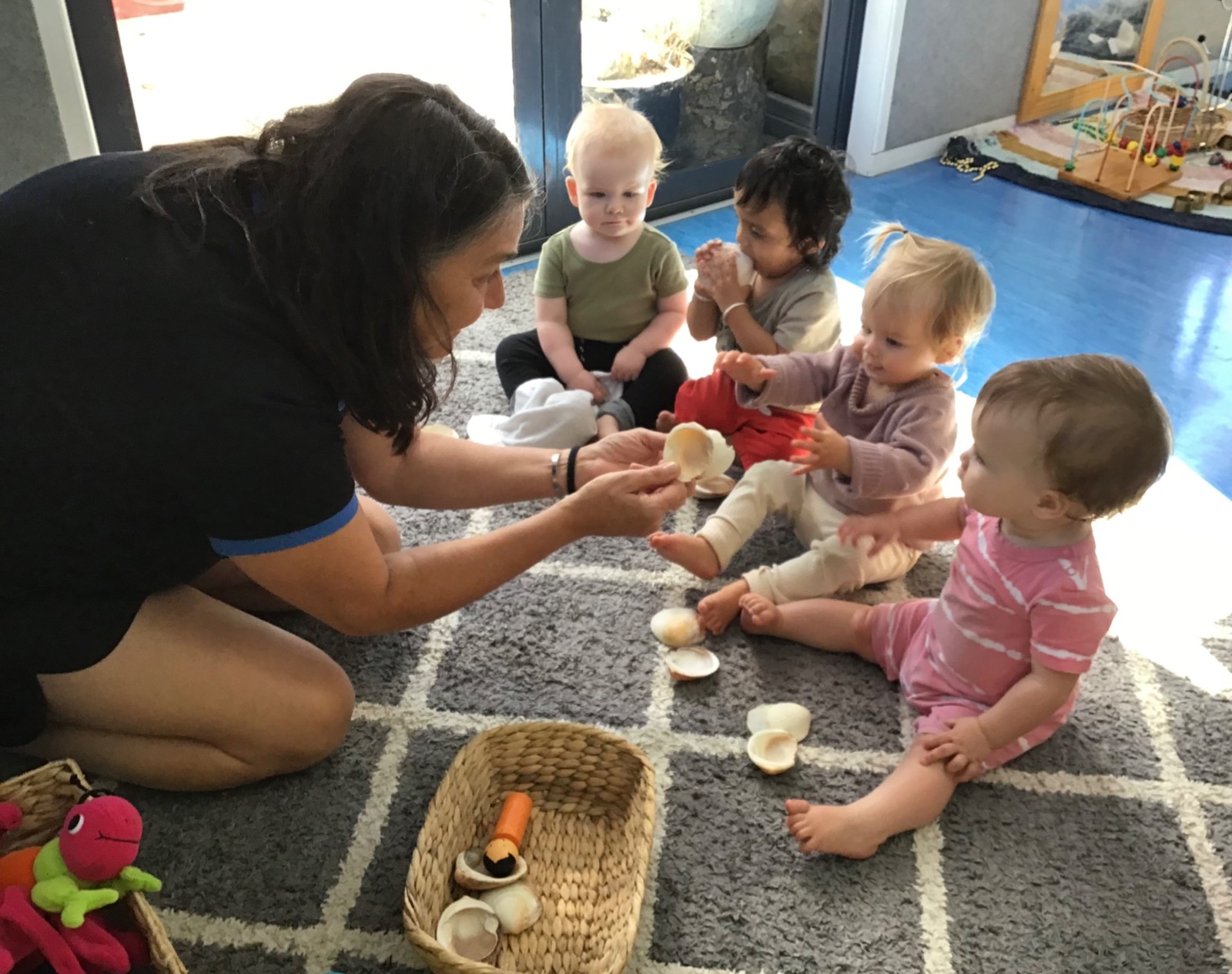LATEST STORIES
Communication with the Under Two's
With the Under Two’s at BestStart Katikati, our current planning is on our tamariki’s verbal and non-verbal communications.
Children’s communication skills underpin their holistic development and well-being. There is no single pathway for children learning to communicate. However, research has shown that children’s communication competence is significantly influenced by their social and cultural environment and individual factors such as, interests, disposition, health, and well-being. Keeping this in mind, every child is different, and they develop at their own pace. For example, it is common for bilingual children to take a little longer to speak fluently due to the switching of languages. Our Kaiako practice responsive and reciprocal communication that follows the tamariki’s pace, interests and leads to building on every child’s communication stage. We literally go down to their level, making sure we have their attention when we’re communicating with them.
We also provide a communication rich environment that fosters verbal and non-verbal communication such as rhymes, music and songs with accompanying actions, pictures, puzzles, games and lots of fun activities. Talking and interacting enhances children’s comprehension of the world around them. “Children soak up every shred of stimulation you can give them.”
Talking to babies constantly and giving them a chance to react teaches them two way communication and encourages them to use body movements and make sounds. By putting words to babies’/children’s sounds and gestures, and constantly narrating our actions, we help them connect words with objects and activities and make sense of their environment.
In one of our activities, Kaiako and tamariki repeated sounds and words through a plastic tube. The tamariki were amused with the change in the sound of their voice which kept them engaged in the activity. It is not only a fun way for children to learn and enunciate words, but also contribute to their social, cognitive and physical development.
An essential factor in facilitating any child’s learning, like communication, is a strong connection between kaiako and tamariki. Kaiako, who are available, positive, affirming, and engaged with the child during play and learning situations, provide opportunities and support to extend the child’s learning and development in everyday situations.
Therefore, verbal and non-verbal communication are encouraged by using positive language and actions, focusing on tamariki’s strengths to help build self esteem and a positive sense of identity. Happy and secure tamariki are keen learners; in no time, those actions, babble, and coos will turn into words!



